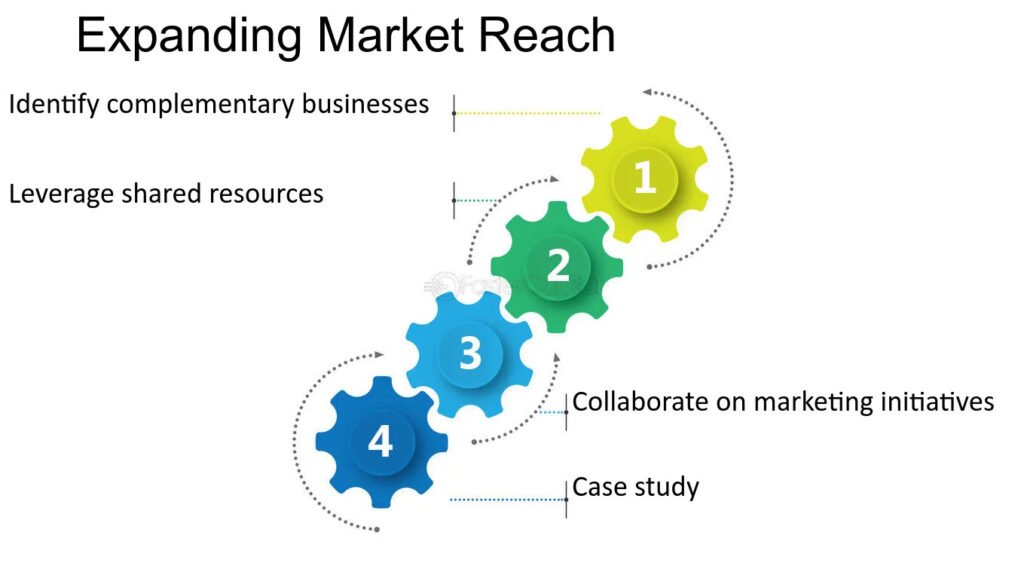In today’s crowded marketplace, building a strong brand identity is crucial for businesses to stand out, connect with customers, and foster loyalty. A compelling brand identity not only differentiates your business but also communicates your values, personality, and promise to your audience.
What is Brand Identity?
Brand identity is the collection of elements that represent your brand visually and emotionally. This includes your logo, colors, typography, messaging, and overall style — everything that shapes how customers perceive your business.
Steps to Build a Strong Brand Identity
Define Your Brand Core
Start by understanding your brand’s mission, vision, and values. Ask yourself: What do you stand for? What problems do you solve? What makes you unique? A clear brand core lays the foundation for consistent messaging.
Know Your Target Audience
Identify who your ideal customers are. Understand their needs, preferences, and pain points. This helps tailor your brand’s voice and visuals to resonate with your audience.
Create a Unique Visual Identity
Design a memorable logo, choose a consistent color palette, and select fonts that reflect your brand personality. Visual elements should be cohesive and align with the feelings you want to evoke.

Develop a Consistent Brand Voice
Your brand voice is how you communicate with your audience, whether formal, friendly, professional, or playful. Consistency in tone across all channels builds trust and recognition.
Craft a Compelling Brand Message
Create clear and concise messaging that conveys your brand’s benefits and values. This includes your tagline, mission statement, and key marketing content.
Ensure Consistency Across All Platforms
From your website and social media to packaging and customer service, your brand identity must be consistent. This strengthens brand recall and establishes credibility.
Engage and Build Relationships
Interact authentically with your audience. Encourage feedback, share your story, and be transparent. Strong relationships help transform customers into loyal brand advocates.
Why Strong Brand Identity Matters?
A strong brand identity builds trust, enhances customer loyalty, and creates emotional connections. It helps businesses justify premium pricing, attract better talent, and survive market competition.
Conclusion
Building a strong brand identity requires thoughtful strategy, creativity, and consistency. By clearly defining who you are and communicating it effectively, your brand can make a lasting impression and achieve long-term success.
FAQS
What is brand identity?
Brand identity is the combination of visual and emotional elements that represent a brand, including logo, colors, messaging, and style.
Why is defining a brand’s core important?
It establishes the brand’s mission, vision, and values, providing a foundation for consistent and authentic communication.
How can I understand my target audience better?
Research their needs, preferences, and pain points to tailor your brand’s voice and visuals effectively.
What role does consistency play in brand identity?
Consistency across all platforms builds trust, recognition, and credibility with customers.
How do I create a unique visual identity?
Design a memorable logo, choose a consistent color palette, and select fonts that reflect your brand personality.
Why is engaging with customers essential for brand building?
Authentic interaction fosters loyalty, builds emotional connections, and turns customers into brand advocates.








